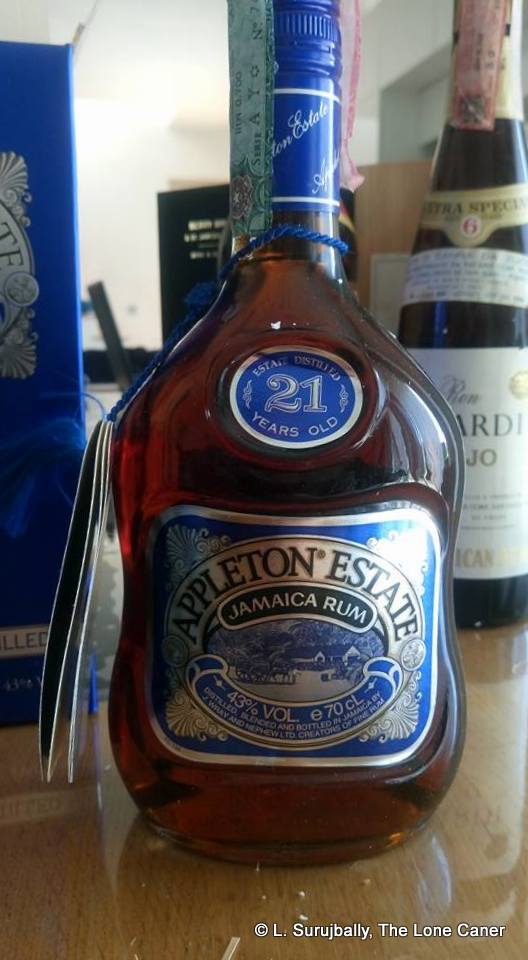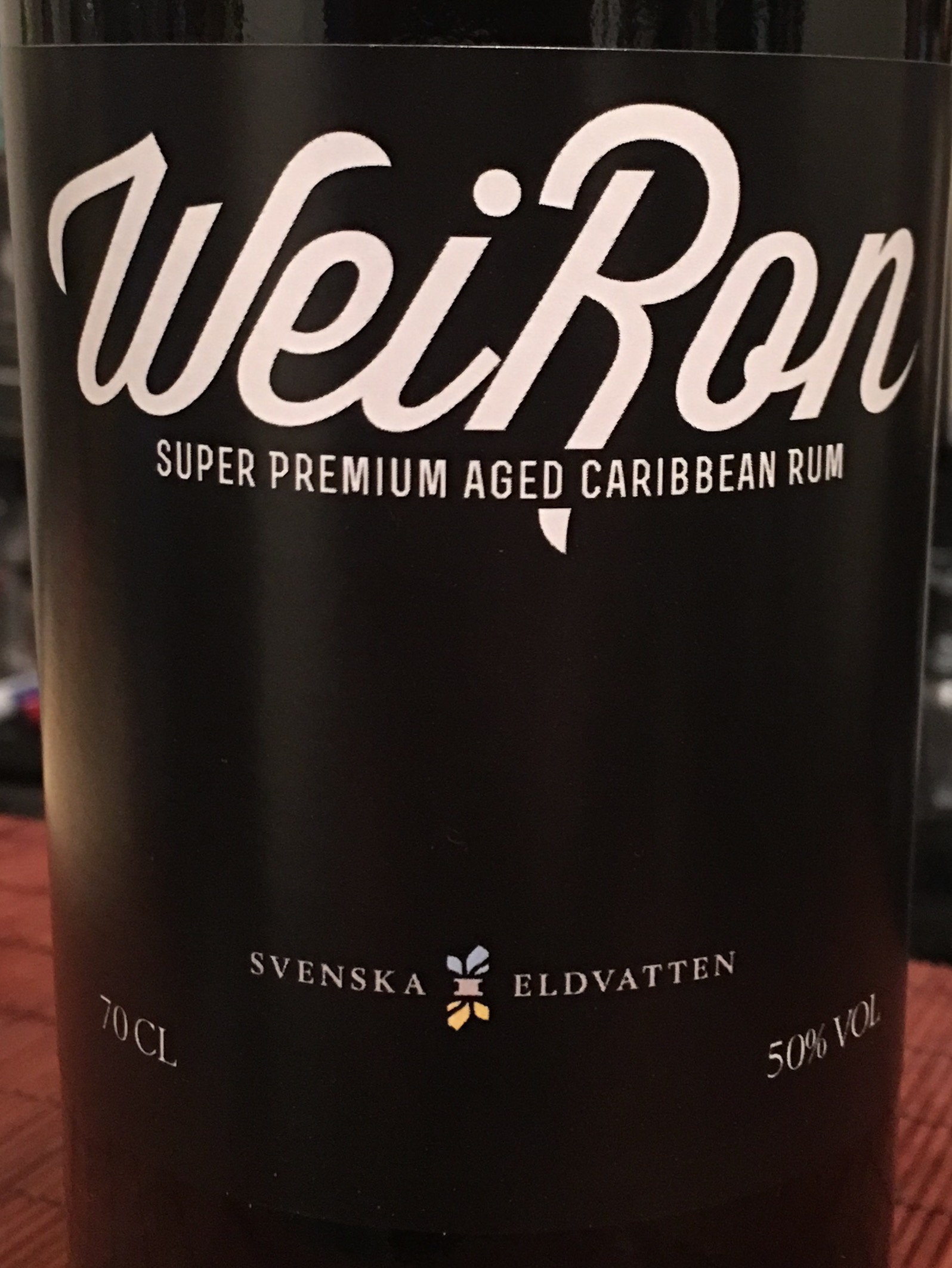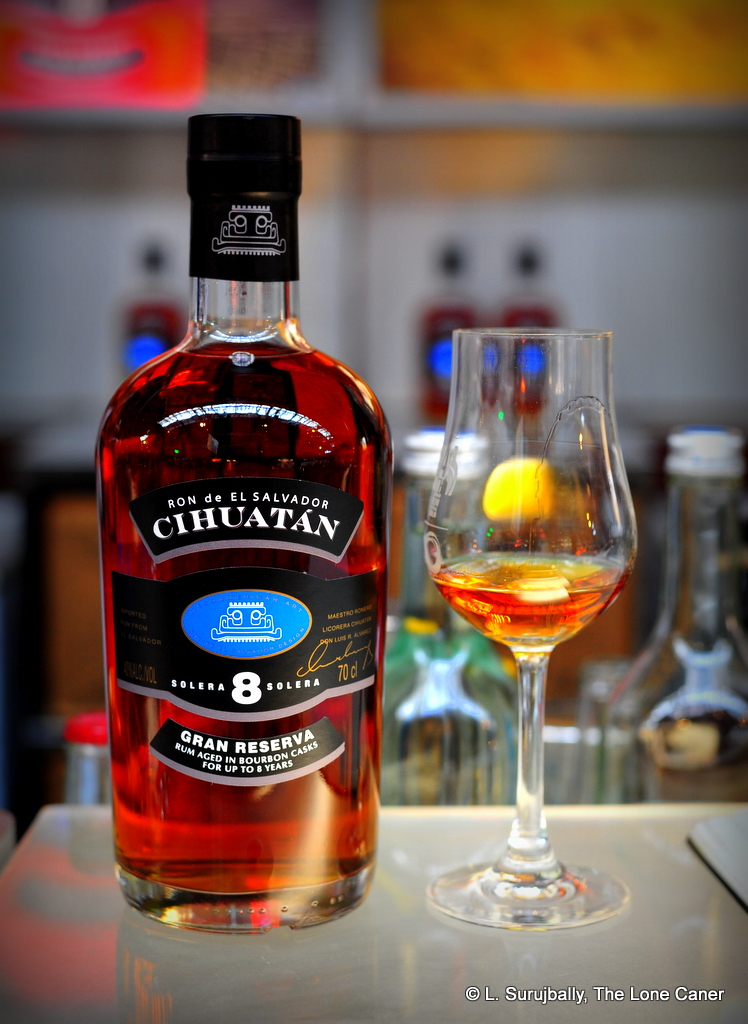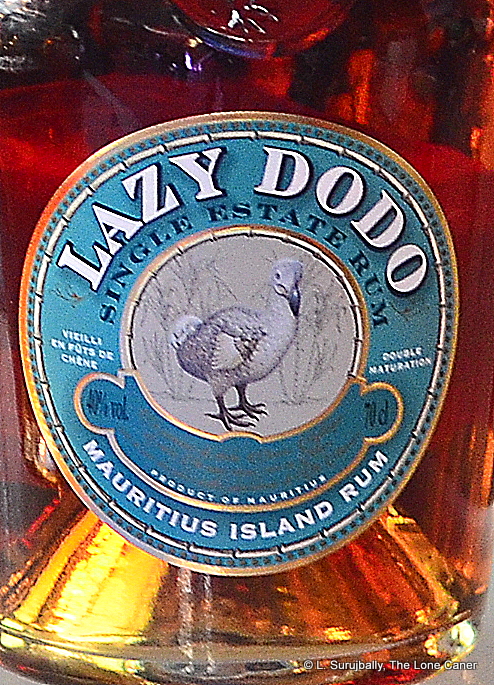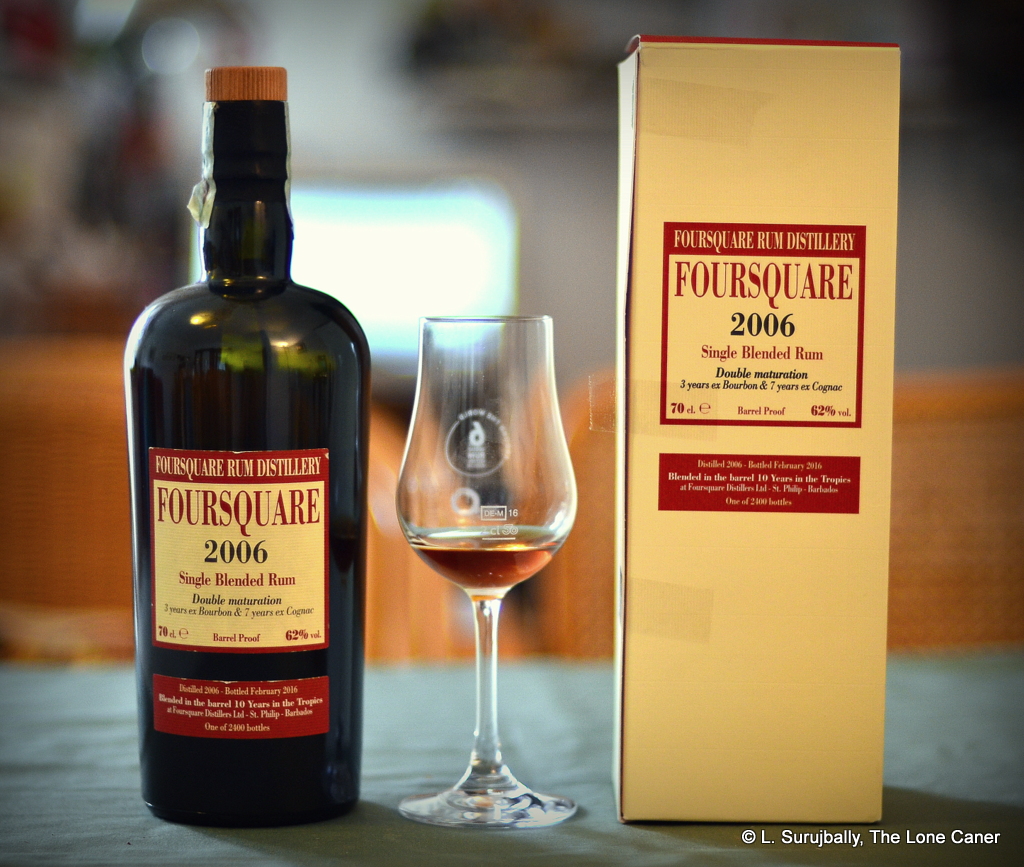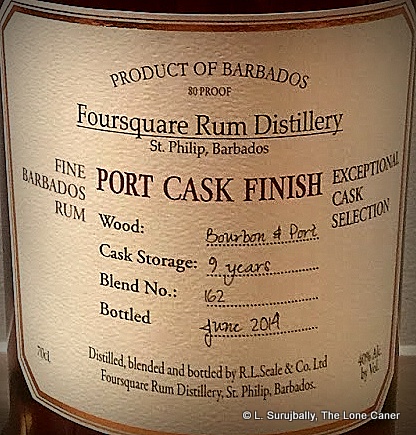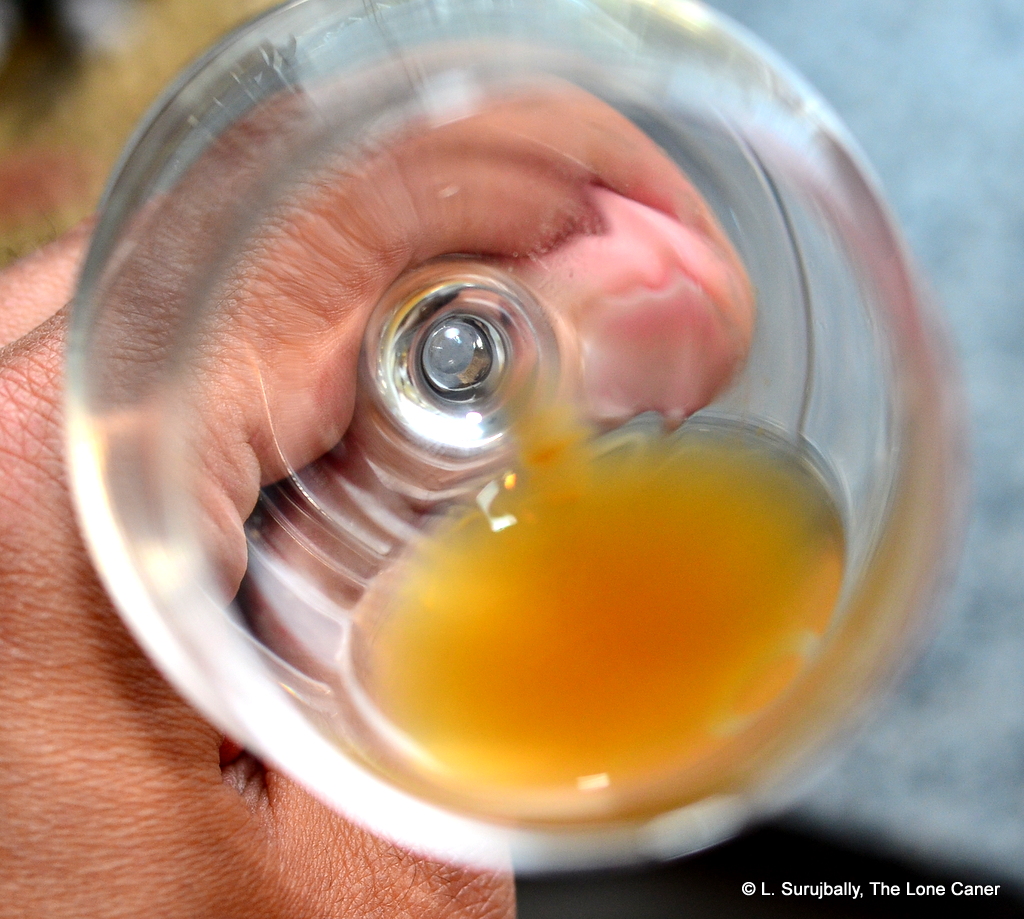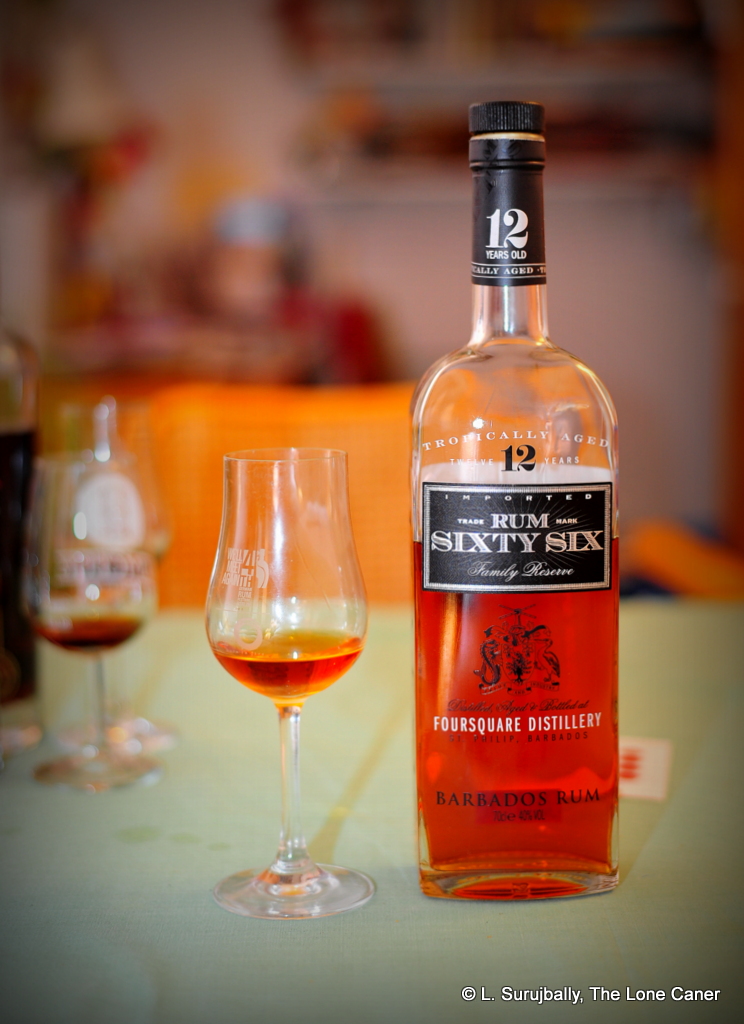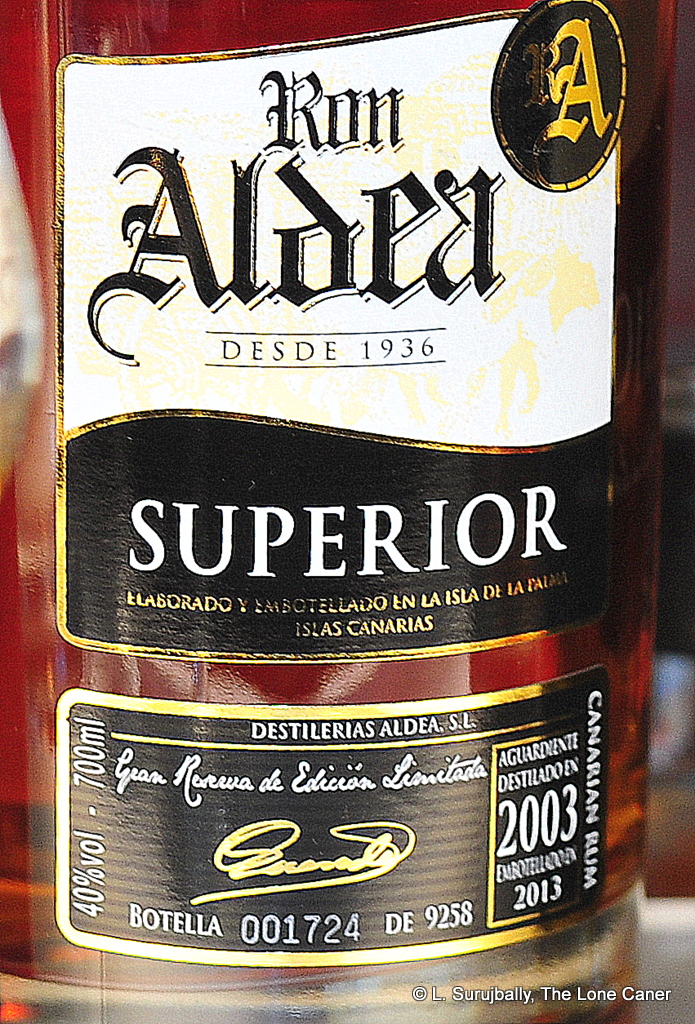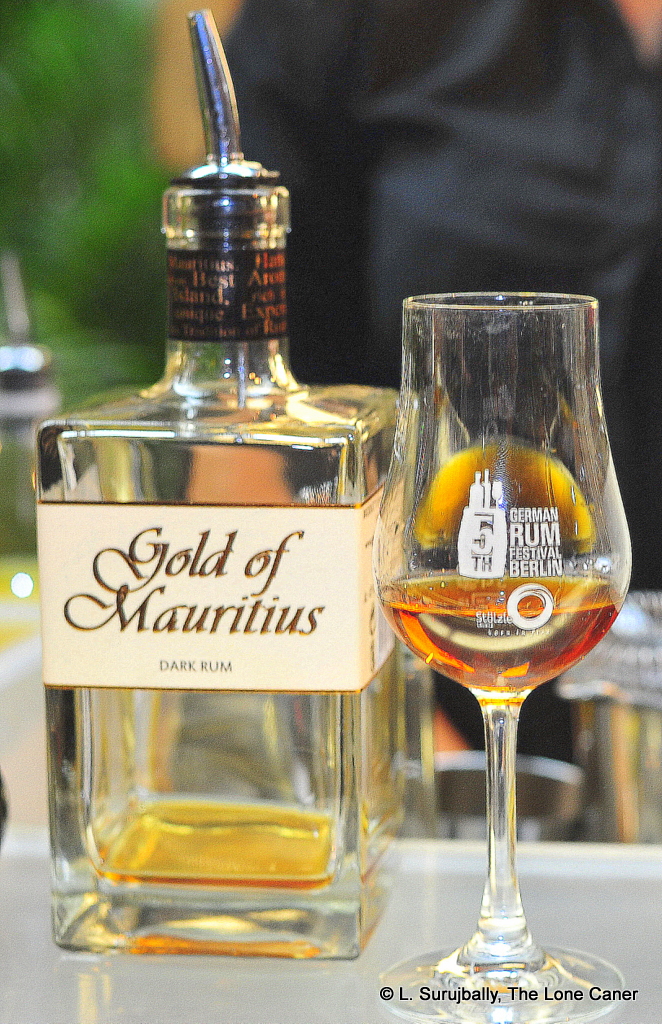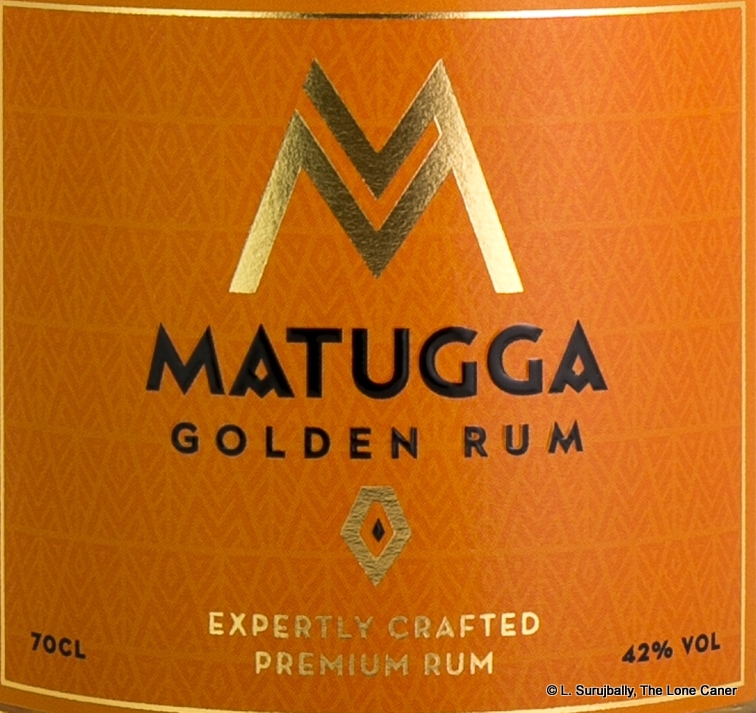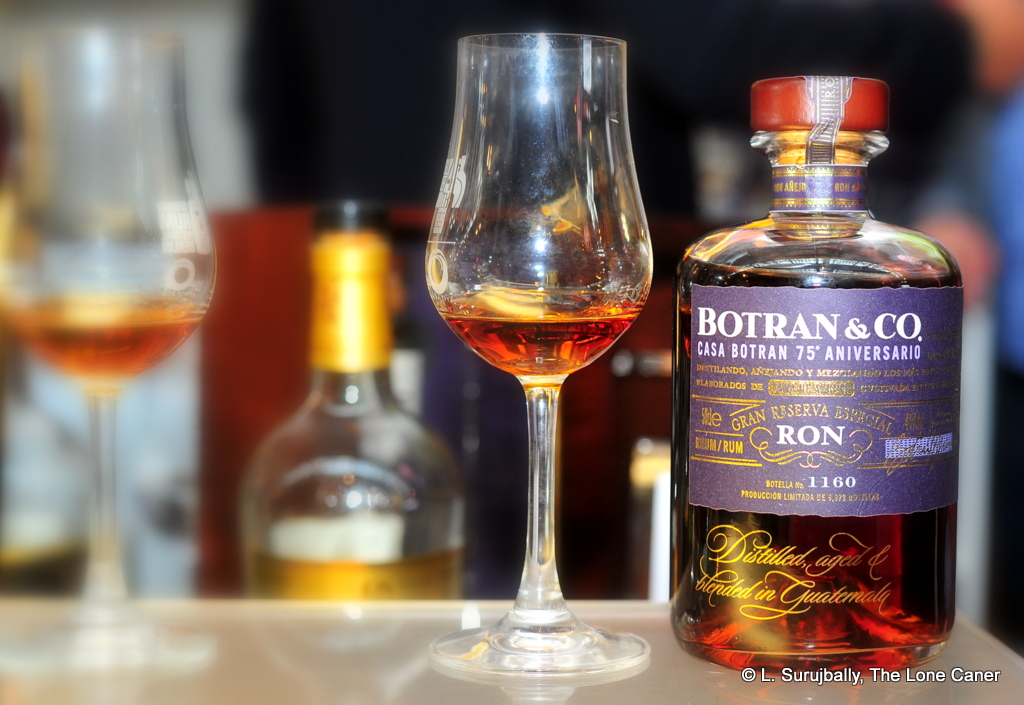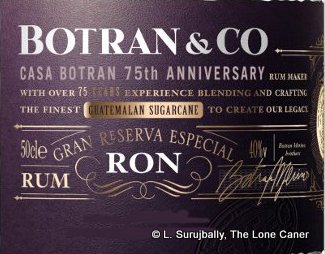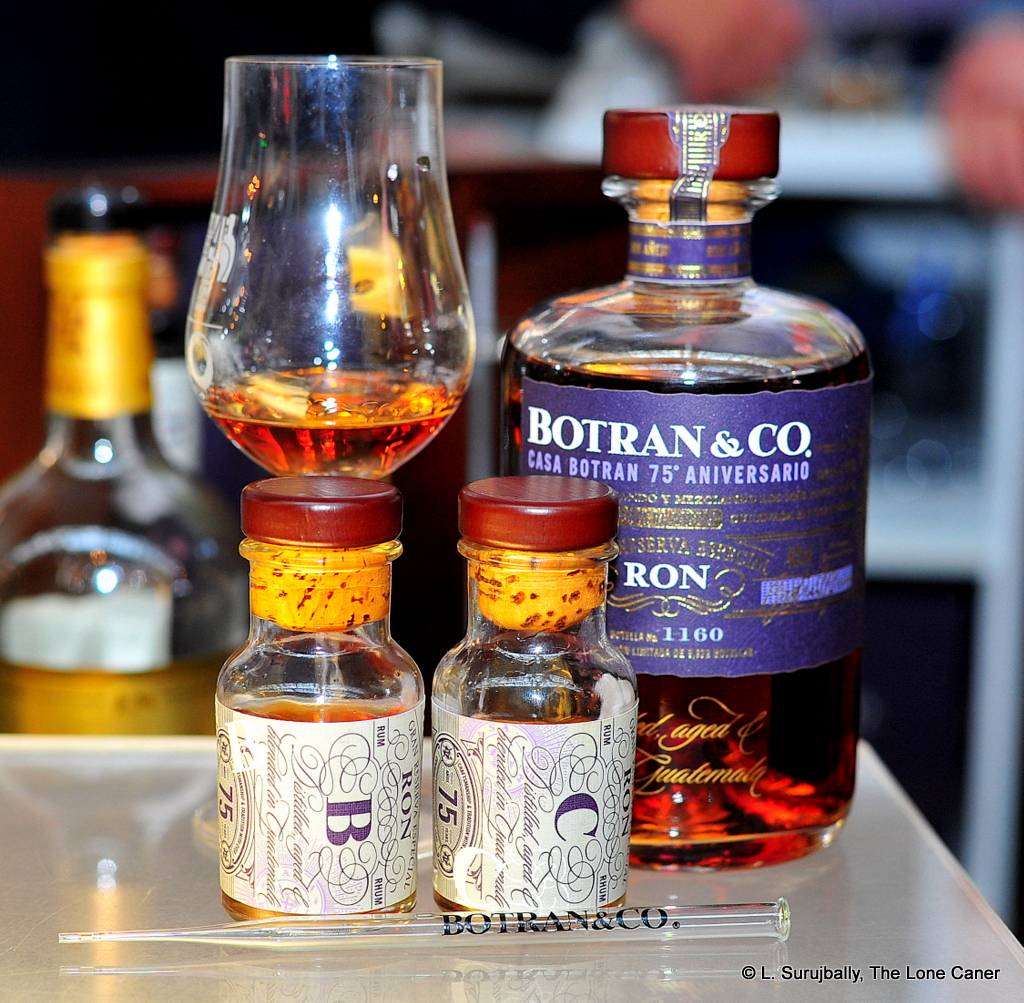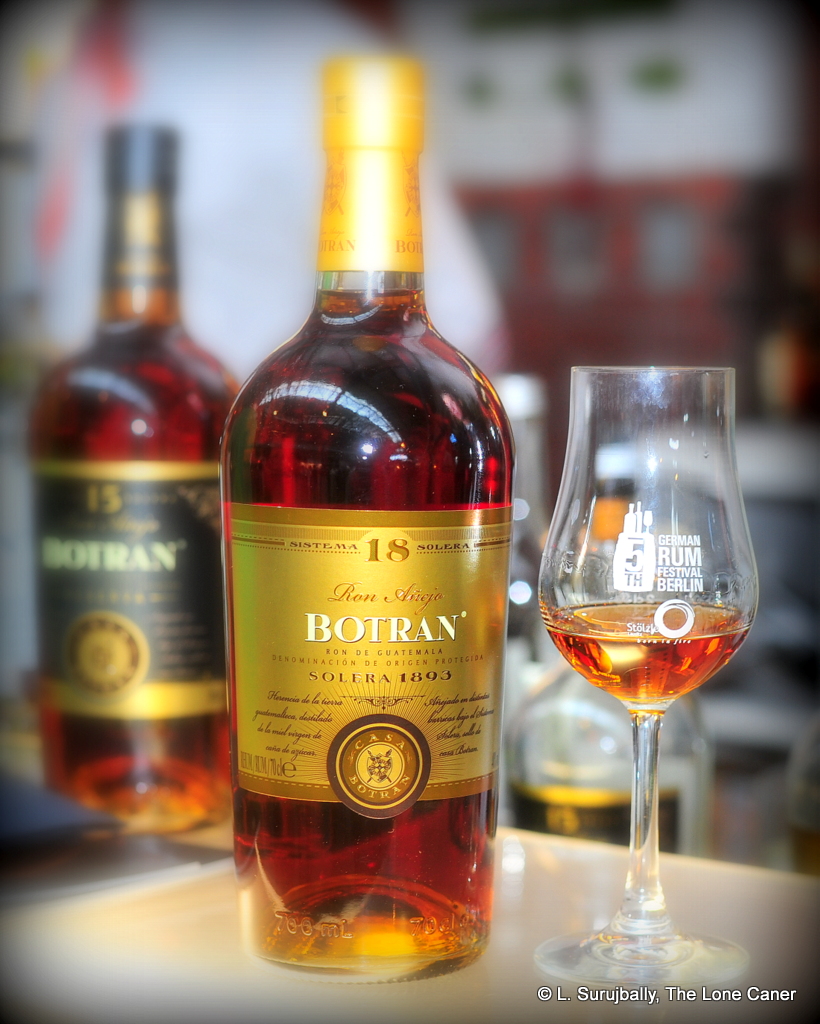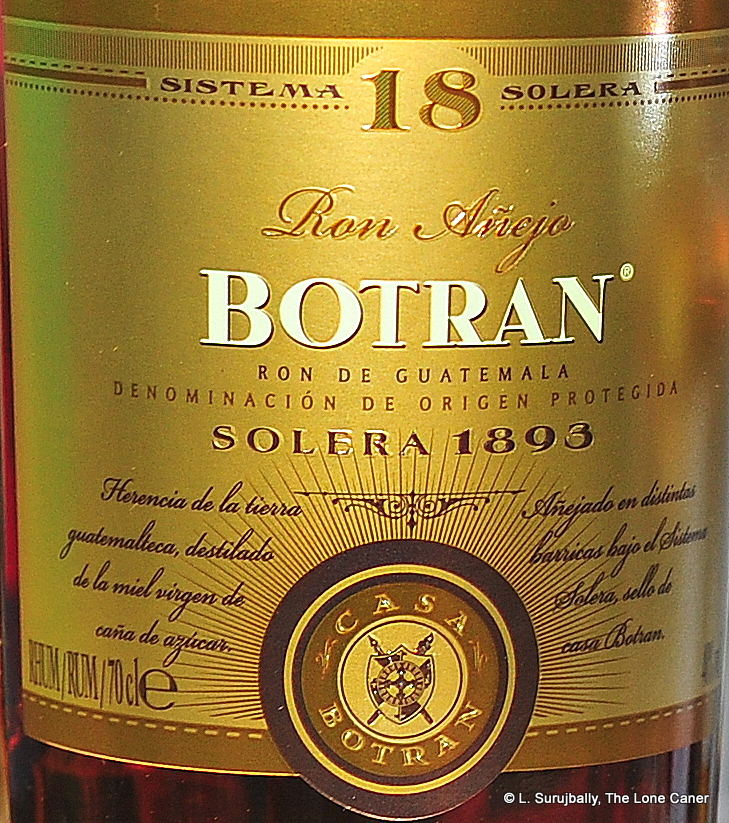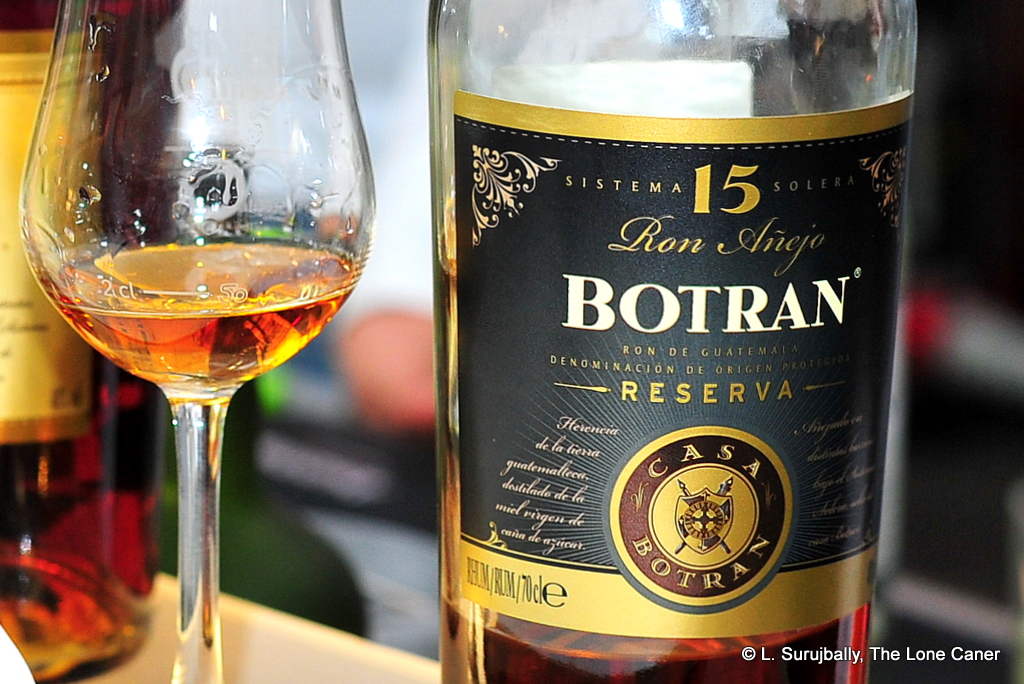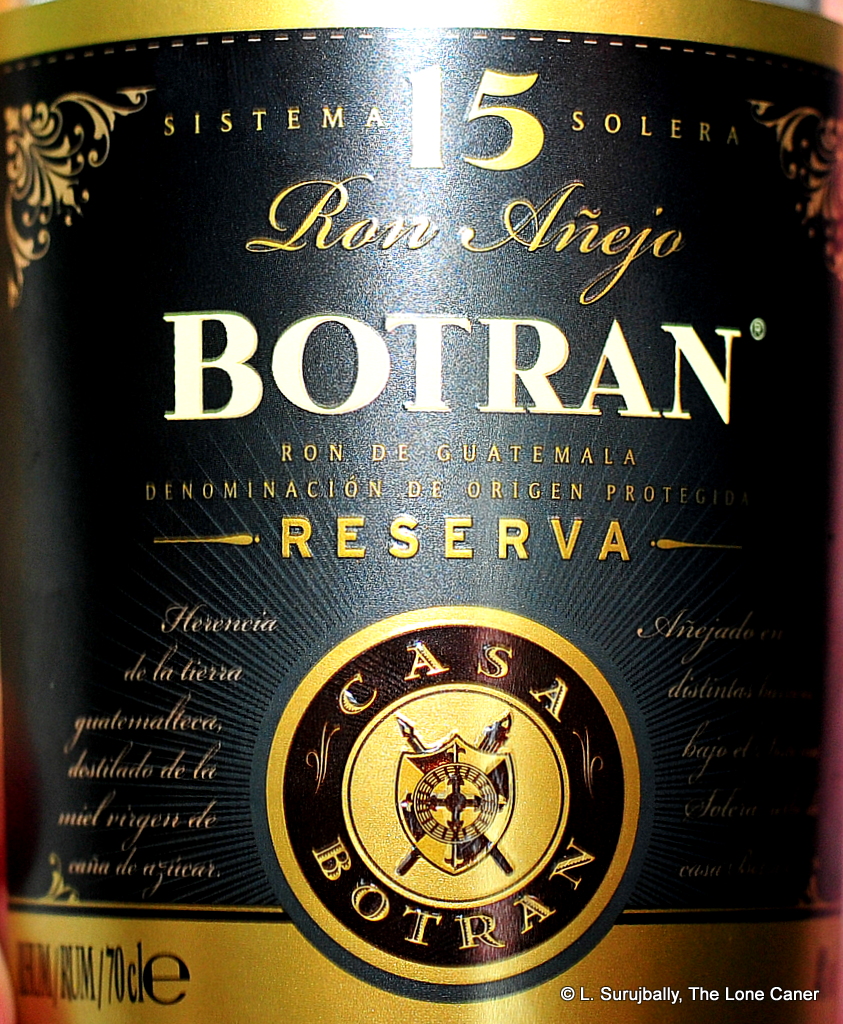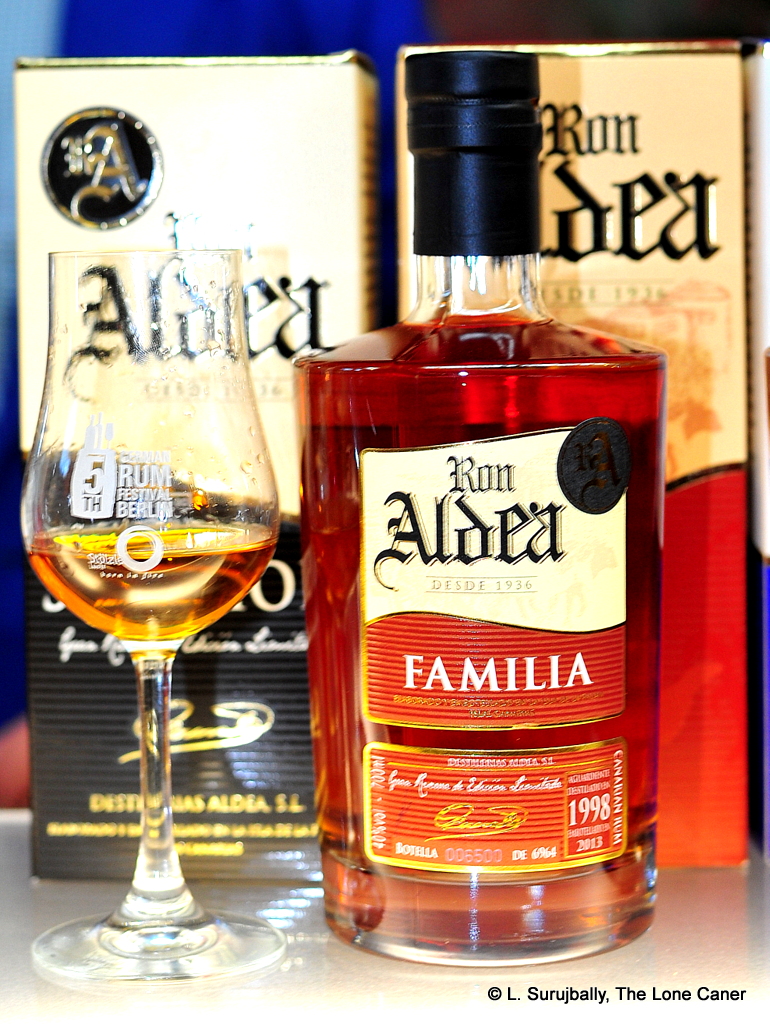
A decent fifteen year old faux-agricole trying to move away from its origins.
#323
Sorry, but “Chairman’s Select Hidden Treasure,” “Special Top Brass Only Reserve,” “Family Laid Away” casks, you know the kind of special rums to which I refer…stuff like this just makes me smile. Largely because I see it as nothing more than a name applied so as to move product. Of course, in the old days of landed estates run by the plantocracy, such special hooch really was made, exclusively for the caudillos and the nobility, for the chairman, business titans, princes, presidents, political hacks, Government apparatchiks, visiting tourists, the special invitees, Santa Claus, retiring veeps and senior managers (are we sure we speak only of the past here?).
And now, through an enormous stroke of good fortune and generosity of the makers, us. One wonders how it is possible for something made for so exclusive a clientele, by any of the makers who issue them, to ever get into the grubby paws of the the great unwashed masses and the hordes of the illiterate rabble (you know, like me and you), but I suppose economics is economics and the producers of these apparent ambrosias wish to share their street cred just to, well, show they have it in the first place.
In any case, editorializing aside and whatever the source, let’s just call it what it is, a fifteen year old rum with a name meant to showcase its exclusivity, and move on…if I go along this line of thought I might let my snark off the leash, and nobody wants that.
Aside from such historical company details as are already in Cana Pura review, the background to this Canary-Island-made rum are fairly straightforward. This is a true fifteen year old rum limited to 6964 bottles, aged from 1998 to 2013 in French oak of different levels of toast (you could call this an “enhanced” recipe, I suppose), thereby following on from the Ron Aldea Superior’s barrel strategy. The Familia, like the Superior, is derived from cane juice not molasses, although in this instance one could be forgiven for wondering where the rhum went since the profile is so much more “traditional.”
That might be a rather controversial opinion, but observe the profile as we step through what it sampled like. The nose was gentle, subtle, easy, and too faint, really, which is a bitch I have about all 40% rums these days, some more than others – here it’s about par for the course, maybe a bit richer than normal for that strength. There were pleasant notes of vanilla, aromatic tobacco, cheerios with some cinnamon and nutmeg, toffee and caramel. But very little of the agricole content which we might have expected . Pleasant yes, agricole no, and overall, too light for easy appreciation of the smells.
More of the same was on the taste, nice as the mouthfeel and texture was – vanilla, caramel, aromatic pipe tobacco, some winey notes. It was a little sharp, no problem, light in the mouth overall, perhaps on the border of thin. Briny, an olive or two. Fruits, I suppose, but they’re too indistinct and jumbled up in the mix to be easily separated and individually identified and so let’s call it a dampened-down fruit salad and move on. The finish was reasonable, ending things with a warm, medium long, and vaguely fruity close. It’s the faintness and lack of firmness, that final exclamation point, that makes it fall down, and yes, that’s traceable to the 40%, which in honesty I felt should have been at least five points higher to make a statement worth noting. Let’s be fair, however – for those who like the lighter Spanish style rons, this will go over well. Just because I prefer hairier, stronger rums doesn’t mean you do, or will, or should.
So back to that opinion. The rum falls somewhat short of the quietly tasty Superior rum made by the same company. There, the agricole background was more interestingly integrated into the flavour notes, and you couldn’t miss it. Though both of these rums are from cane juice (and could therefore be termed agricoles if the term wasn’t restricted so let’s call it them “cane juice rums”), and while neither supposedly have additives***, the French island profile of the Familia has been kind of lost on me, and therefore it presents much more like a molasses-based British Caribbean rum (with some Spanish influences). That makes it relate to a whole different crop of rums, and in that crowded field, it somehow lacks sufficient gravitas to command either attention or my unadulterated appreciation.
(81/100)
*** The master rum sugar list shows this to have 20g/L of sugar, so the big question is where’s this coming from, and why isn’t it disclosed?
 Rumaniacs Review #037 | 0437
Rumaniacs Review #037 | 0437